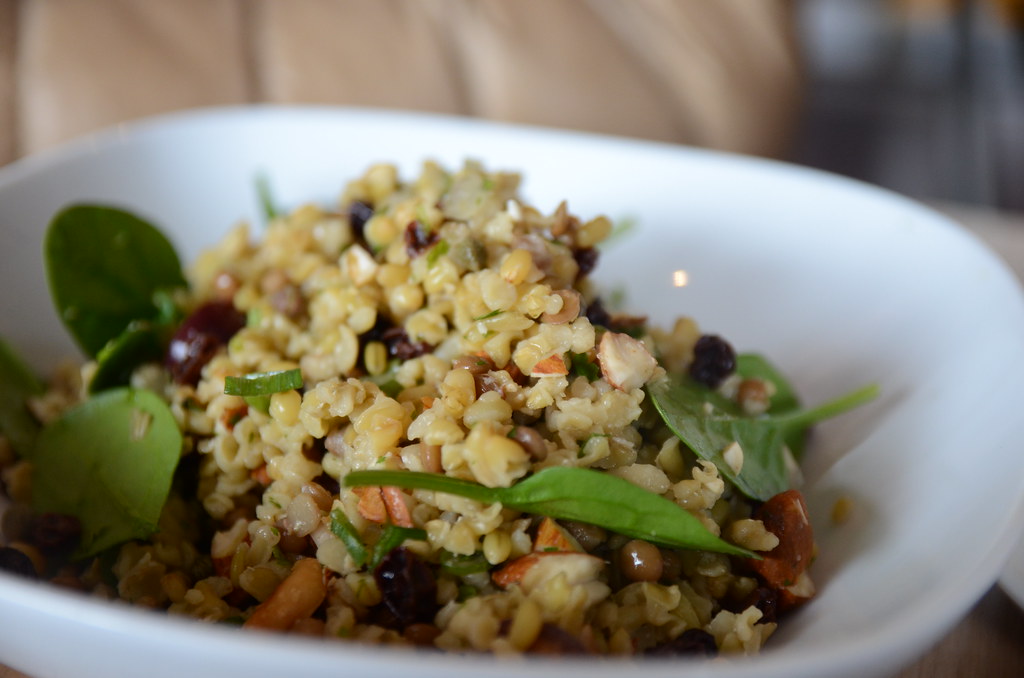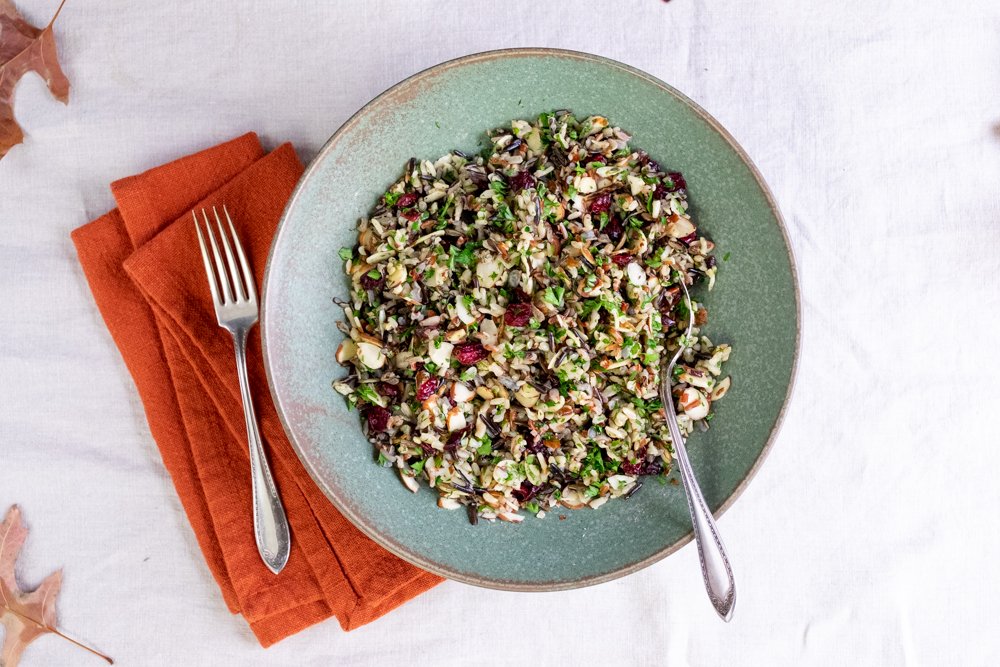Smoky, earthy, and nutty, freekeh is a grain unlike any other. Learn more about this Middle Eastern staple, how to prepare it, and how to use it to elevate your cooking.
Flavor and Texture
Freekeh has the mild and earthy nuttiness characteristic of wheat grains, but with a uniquely smoky undertone. When cooked, it has a firm texture with a slight bouncy chewiness.
Production
Farik, the Arabic word for freekeh, translates to “rubbed” and is a reference to how the ancient grain is produced. To make freekeh, durum wheat is harvested young and dried in the sun. Once dry, the wheat is roasted or smoked so the straw and chaff can burn and be rubbed off. The seeds, protected by their high moisture content, remain intact and develop a distinct smoky flavor. They are then sold whole or cracked into smaller pieces to make cracked freekeh.

Preparation
You can prepare freekeh in much the same way you would rice or quinoa. Bring it to a boil with some water and a little salt (usually one part freekeh to two parts water, but you may need more) then cover and simmer for around 20 minutes. You can also prepare it in a rice cooker, an instant pot, or in your Suvie. Take note of the kind of freekeh you’re using, as whole grain or larger cracked varieties will take more time to cook.
Uses
A staple in Middle Eastern and North African cuisine, freekeh is often prepared as pilaf or used to add heartiness to soup. In Syria and Lebanon, freekeh is cooked with aromatics, spices, and meat such as lamb or chicken for a substantial and delicious pilaf fit for the whole family. Prepared freekeh pilaf is also used in Egypt as a stuffing for juicy roasted pigeon. In Algeria and Tunisia, freekeh plays a star role in chorba frik, a beloved tomato-based soup.

Freekeh’s characteristic nutty smokiness is palpable but not overpowering, making it a great way to add subtle depth to any dish. Pair freekeh with fresh, tangy, and bold flavors to contrast its earthiness. When in doubt, look to Middle Eastern spices and staples such as tomato, pine nuts, and roasted meat.
Feature Image: Flickr user naotoj ( CC BY-NC-SA 2.0 )



